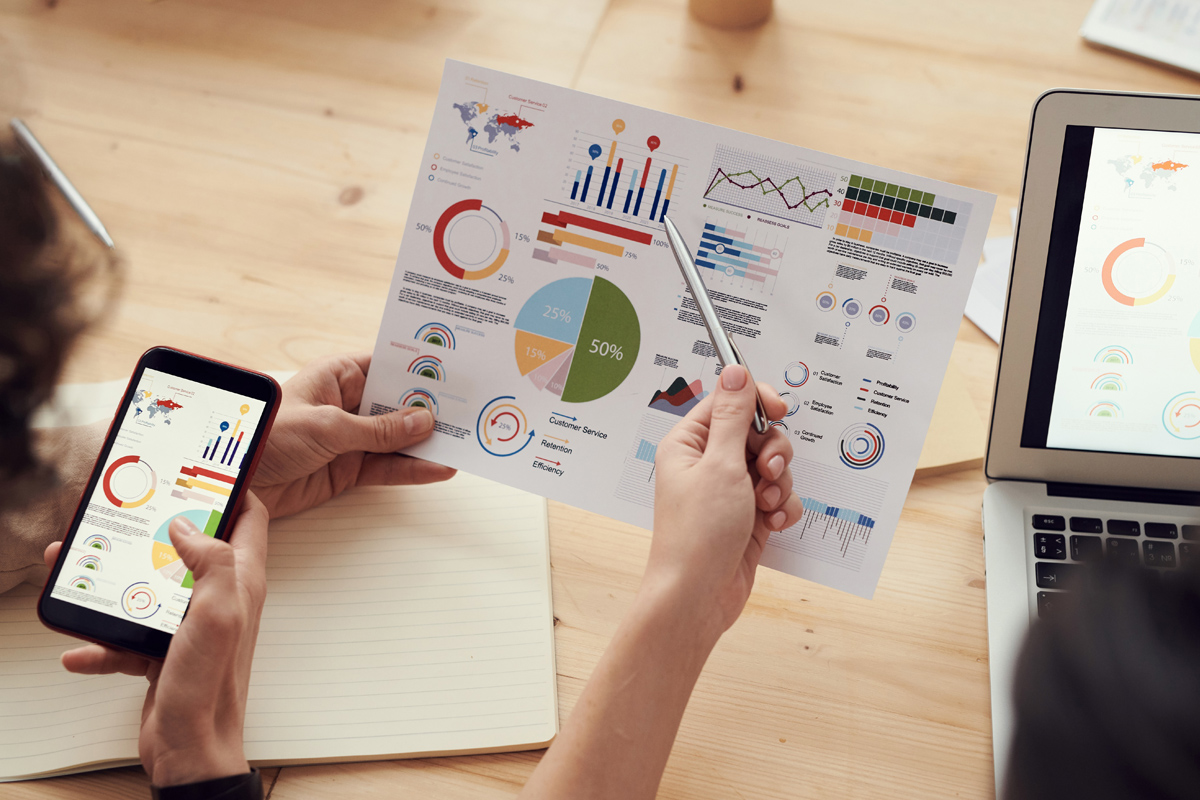Creating a More Just and Merciful World
Why Storytelling is a Critical Data Analytics Skill

Storytelling has been an important part of humanity for ages. Now, with big data everywhere, storytelling is entering a new era.
What is Data Storytelling?
Data storytelling is a way to communicate insights using a combination of data, visuals and narrative. There are plenty of data that are collected and must be presented in a way that is easy to comprehend.
Data analysts extract patterns in data. By adding storytelling skills, they can convey information about the data that helps with decision-making. The benefit of the analyst being the storyteller is that they are the person who has knowledge of the context around the data.
Data Skill Needed for the Workplace
Data and research analysis is a growing career field. According to the U.S. Bureau of Labor Statistics, employment for market research analysts is expected to grow faster than average this decade, largely driven by increased data use and more industries using market research.
Analysts gather, clean and study data to help solve problems. Data analysis is important for businesses of all types, because analytics are used to make better decisions and evaluate trends that can support operations, finance, marketing/sales and more.
Thus, data storytelling becomes critical when competing for the time and attention of leaders and executives. In a business setting, it is the human element that may influence people and drive decisions. Therefore, it is important for the story to not only be informative, but also actionable.
Data Storytelling Tips
- Part of being a proficient storyteller means being able to understand the perspective of the audience, who may not have the same subject knowledge as the analyst. Choose the most appropriate visualization based on the data you want to present and your audience.
- The narrative is important for conveying credibility, compelling insights and actions that audiences need to take. There needs to be a clear narrative that includes an introduction to the topic and a conclusion with a specific call to action. A data story typically includes a thesis, supporting facts, a logical structure and a compelling presentation.
- Use plain language to avoid losing the audience to jargon or confusing information. Content, including text and visuals, needs to fit with the audience’s knowledge level. Effective stories are memorable, persuasive, and engaging. Make sure the words support these objectives.
Your Data Story Begins HereData storytelling is one of the skills that can help you become a well-rounded analyst or researcher. You can acquire in-demand skills in the bachelor’s degree in Data Analytics program at Carlow University. This interdisciplinary program cultivates both real-world data analysis skills and critical soft skills like data storytelling.
